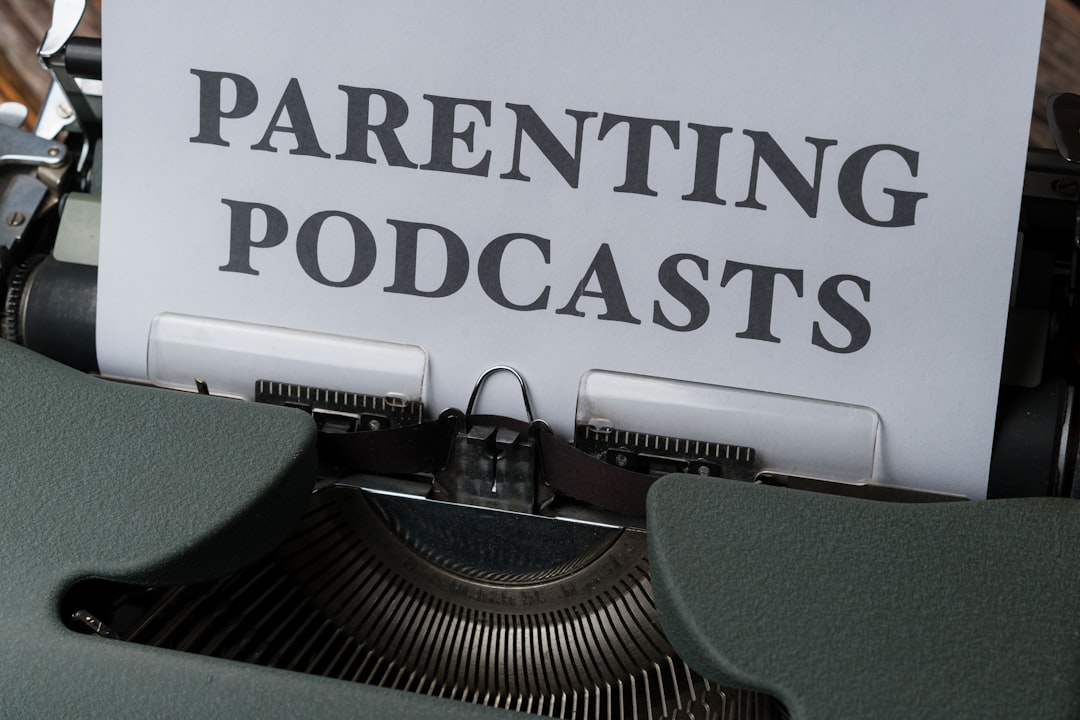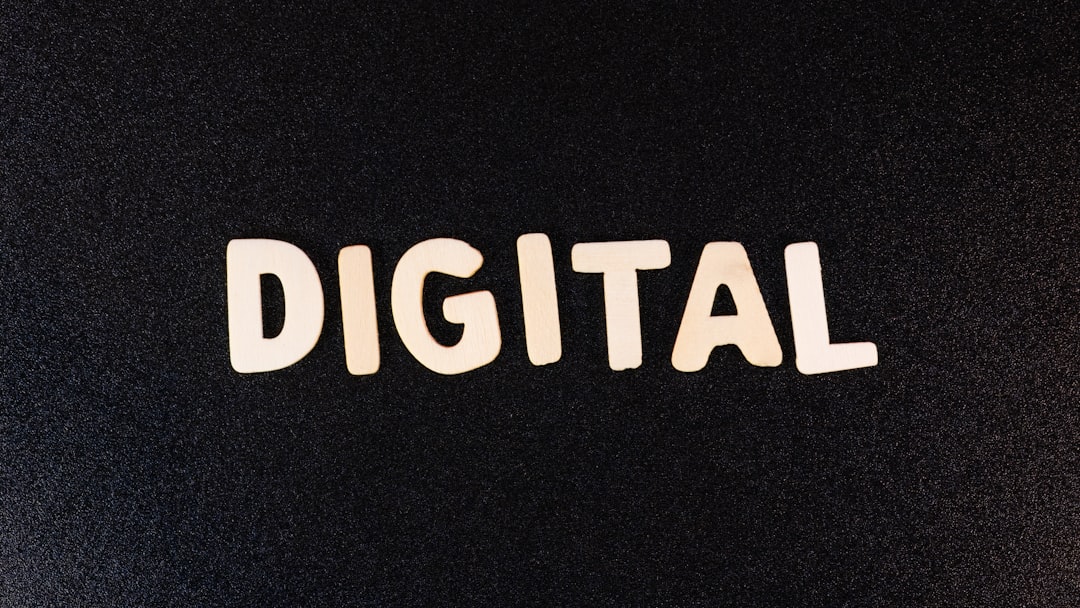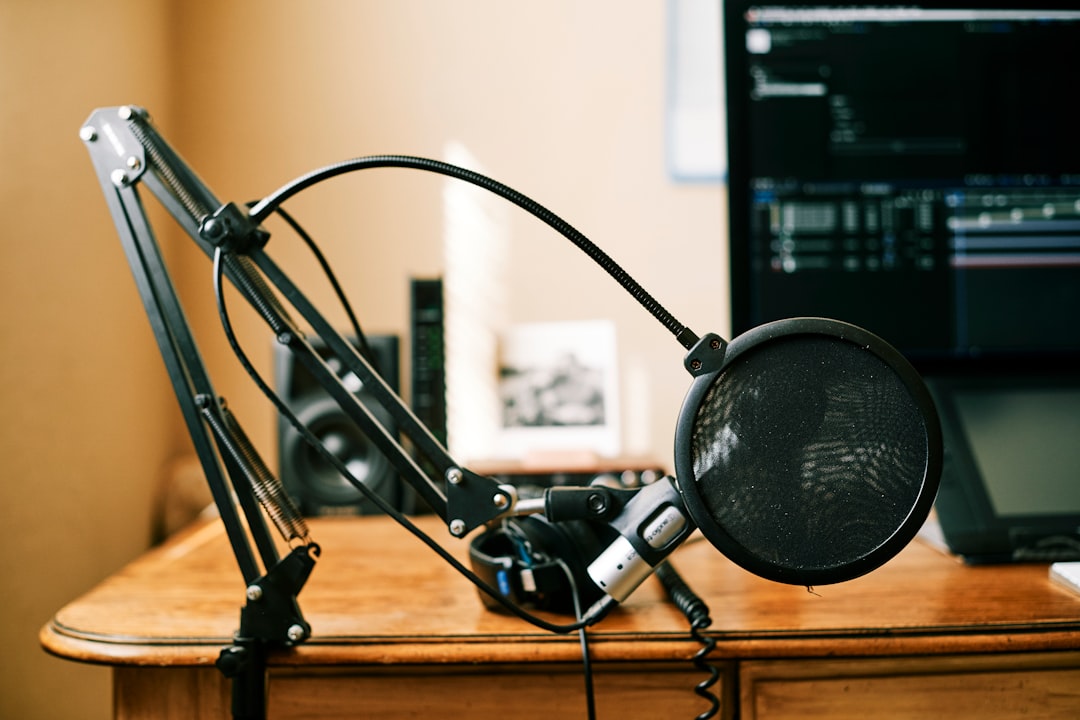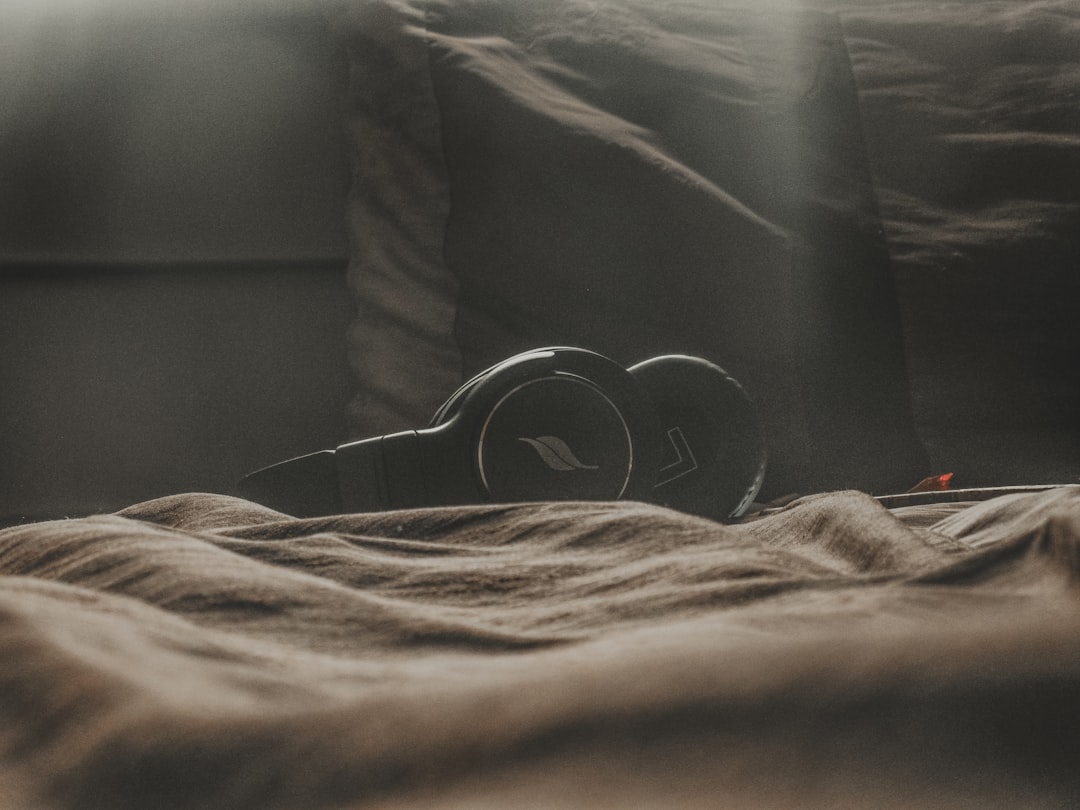How I Use Podcasts to Stay Informed Without Screen Time.
How I Use Podcasts to Stay Informed Without Screen Time
In our hyper-connected world, the quest to stay informed often feels like a losing battle against screen fatigue. From the moment we wake up, our eyes are assaulted by a barrage of pixels – news feeds, social media updates, emails, and endless notifications. While crucial for staying abreast of current events and expanding our knowledge, this constant visual input takes a toll on our mental well-being and even our physical health. For years, I struggled with this paradox: a deep desire to be informed, yet an equally strong need to step away from the glowing rectangles that dominate modern life. My solution? A profound shift towards audio. Specifically, I’ve perfected a system where podcasts have become my primary conduit for information, allowing me to stay incredibly well-versed in everything from global politics to scientific breakthroughs, all without adding a single minute of screen time to my day. This isn’t just about convenience; it’s about a mindful approach to information consumption that has genuinely transformed my daily routine and cognitive clarity.
My Morning Ritual: Swapping Screens for Soundwaves
The first and most impactful change I made was reimagining my mornings. Historically, my alarm would trigger an immediate reach for my phone, leading to a cascade of screen-based activities before my feet even hit the floor. Now, my alarm signals the start of my audio-first information diet. As I get out of bed, stretch, and head to the kitchen to make coffee, my wireless earbuds are already in, piping in my chosen daily news briefing. This isn’t just a passive listen; it’s an active engagement with the day’s headlines, analysis, and often, a deeper dive into a key story.
This simple act sets a completely different tone for my day. Instead of absorbing information through scrolling, which often feels fragmented and anxiety-inducing, I’m receiving a curated, coherent summary. It means I can prepare breakfast, get dressed, or even do some light stretching, all while absorbing vital information without the mental clutter of visual distractions. This screen-free start allows my mind to wake up gently, processing information through sound rather than light, which I’ve found significantly reduces early-morning stress and improves my overall focus for the tasks ahead. It’s about front-loading my day with substance, not just digital noise, and it’s a cornerstone of how I stay informed with intention.
Curating My Audio Newsroom: The Art of Podcast Selection
The vast world of podcasts can be overwhelming, but my approach to selecting what I listen to is highly strategic, ensuring I cover a broad spectrum of topics without feeling inundated. I don’t subscribe to dozens of shows; instead, I meticulously curate a “newsroom” of about 5-7 core podcasts that serve different informational needs. This selection process is critical to maintaining quality and relevance, preventing the digital equivalent of channel surfing.
Identifying My Informational Pillars
- Daily Briefings: For up-to-the-minute headlines and quick summaries of global events. I rely on shows known for their concise, unbiased reporting.
- In-Depth Analysis: To understand the “why” behind the news, I choose podcasts that feature expert interviews, investigative journalism, and thoughtful discussions on complex issues. These often come from reputable news organizations or academic institutions.
- Specialized Knowledge: To stay current in specific fields of interest (e.g., technology, science, economics), I follow podcasts hosted by leading experts who break down complex topics into digestible audio segments.
- Diverse Perspectives: Crucially, I actively seek out podcasts that offer different viewpoints on political and social issues, ensuring I’m not trapped in an echo chamber. This isn’t about agreeing with everything, but about understanding the full landscape of thought.
My method involves regularly reviewing my subscriptions, unsubscribing from shows that no longer align with my informational needs, and actively seeking recommendations from trusted sources or industry leaders. This proactive curation is what transforms passive listening into an active learning experience, ensuring every minute spent with my earbuds in is a minute well spent, contributing to a truly informed perspective without the visual strain.
Weaving Sound into My Day: Where Information Meets Life
The true genius of podcasts, for my screen-free information strategy, lies in their unparalleled portability and the ability to seamlessly integrate into moments that would otherwise be unproductive or visually stimulating. This isn’t about adding another task to my day; it’s about transforming existing, mundane activities into opportunities for learning and staying informed.

Reclaiming Mundane Moments for Mindful Learning
- The Commute: Whether I’m walking to the store, driving to an appointment, or taking public transport, my commute is prime podcast time. Instead of mindlessly scrolling through social media or staring blankly, I’m absorbing news, analyses, or educational content. This turns a potentially stressful or boring journey into an enriching experience.
- Household Chores: Washing dishes, folding laundry, cleaning the house – these are perfect activities for audio learning. My hands are busy, but my mind is free to engage with compelling narratives or insightful discussions. It makes chores feel less like a burden and more like a productive multitasking session, leveraging what some might call “dead time.”
- Exercise and Outdoor Activities: During my daily walks, runs, or even while gardening, podcasts are my constant companion. The rhythmic nature of physical activity often enhances my ability to focus on audio content, allowing for deeper absorption of information without the distraction of a screen. It’s a powerful combination for both physical and mental well-being.
- Cooking and Meal Prep: While chopping vegetables or stirring a pot, I often have a podcast playing. This transforms kitchen time from a solitary task into an engaging learning session, keeping me informed even during domestic routines.
The key here is that these activities don’t require my eyes, freeing them from digital strain. This means I’m not just staying informed, but I’m doing so in a way that actively promotes a digital detox strategy, reducing my overall screen exposure while simultaneously enhancing my knowledge base. It’s a powerful synergy that maximizes my time and minimizes cognitive load associated with visual information processing.
Beyond the Headlines: Deeper Understanding Through Audio Immersion
One of the most profound benefits of my podcast-centric approach to information is the depth of understanding it fosters, far surpassing what I often glean from quick visual scans of headlines or social media feeds. Podcasts excel at providing context, nuance, and multiple perspectives, allowing for a truly immersive and comprehensive grasp of complex issues. This isn’t just about knowing *what* happened, but *why* it happened, *who* it affects, and *what* the potential implications are.
Fostering Critical Thinking and Sustained Attention
When you commit to listening to a 30-60 minute podcast on a specific topic, you’re engaging in a form of active listening that encourages critical thinking. There’s no quick scroll to the next distraction; you’re often presented with a narrative arc, expert interviews, and detailed explanations that build upon each other. This sustained attention, free from the visual cues and rapid-fire notifications of screens, allows for deeper cognitive processing. I find myself connecting disparate pieces of information, forming more robust opinions, and truly understanding the intricacies of global events or scientific discoveries.
For example, instead of reading a short article about a new climate policy, I might listen to a podcast where policymakers, scientists, and environmental activists discuss its nuances, challenges, and potential impacts from various angles. This




Post Comment